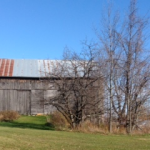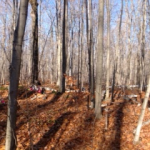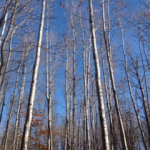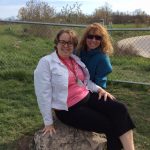Our project plans to utilize outdoor teaching and learning with our kindergarten students. We will implement this at our own school as well as our Board’s Outdoor Education Centre located approximately 10 minutes from our building. We will implement the new kindergarten curriculum through the lens of our natural environment. We plan to increase the amount of instructional and free play time outside that our students enjoy daily. We are proposing a monthly trip to the Bluewater Outdoor Education Centre (OEC) to allow our students to benefit from the facility that is literally right in our own backyard. A great number of our students come from households having an income below the poverty line and the financial impact of 10 field trips would be a hardship. This funding would offset the cost. We wish to provide our students with increased opportunities to learn outside throughout the day and hope to begin creating an outdoor classroom setting for use in our schoolyard.
Team Members
Becky Madill, OCT
Bluewater District School Board
Wendy Barker, RECE
Bluewater District School Board
Team Photo
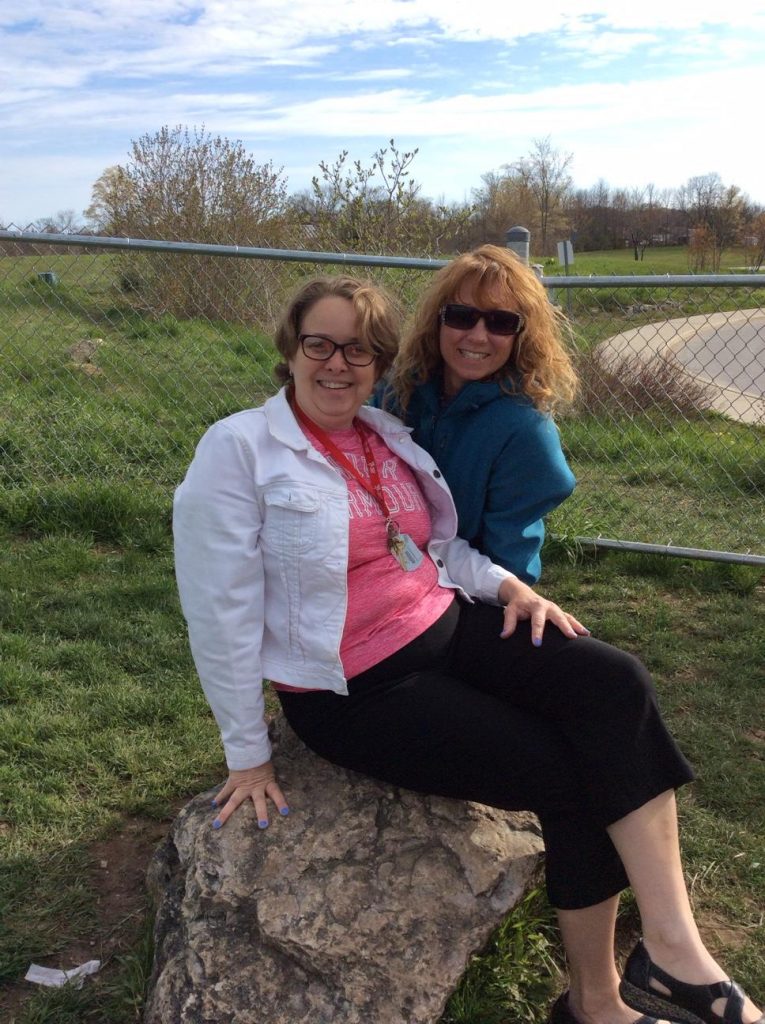
Professional Learning Goals
Our three main professional learning goals were mental health, personal satisfaction and fun. We know that working every day with the youngest learners can cause stress, and over the past three years our class size has ranged from 25 to 31 students. We are dealing with large numbers of students who all deserve and demand our best attention. We have noticed an improvement in our personal mental health that we attribute to the increase in teaching and learning time spent outdoors. We believe that if we, as educators, are happy and excited to be at school then this will show in all that we say and do with our young students. We also firmly believe that play is learning and it should be fun.
Activities and Resources
Our two classes participated in monthly trips to the Bluewater Outdoor Education Centre located approximately 10 minutes from our school. Team members met for a half day each month to plan and prepare materials for the trip. At the OEC, the classes created group norms and routines for the outdoor experience; for example, stay on the marked trails, stay with the group, leave the trail only in designated areas, no sticks bigger than you, etc. The classes went on a morning hike each trip following a similar route so that the students could observe changes throughout the seasons and revisit familiar areas. The students were able to remember the locations of trees for climbing and exploring and other spots where it was important to stay on the trail. The students drew a monthly observation picture of the same location each month to compare the changes in the trees, sky and ground. The students also participated in a variety of science, math, art and phys-ed activities outside each month based on student interests as well as classroom connections.
We purchased an outdoor cart to easily move materials around outside and crazy carpets for sledding in the winter months. We also purchased two copies of a teacher resource titled Lens on Outdoor Learning and the following picture books that were focused on nature and outdoor exploration: Among a Thousand Fireflies, The Listening Walk, Stars, Bringing the Outside In, and Step Gently Out. We also had guest speakers visit our classrooms to talk about their outdoor adventures.
Unexpected Challenges
When our project proposal was first submitted the two of us were in the same classroom, but, by September, our assignments had changed. We found it a challenge to find common time for our two classrooms to be outside together on a daily basis at the school due to differing classroom schedules. It was also a challenge to coordinate followup activities from the OEC trips which occurred on a Thursday each month. Another year we would have our trips earlier in the week to allow for more followup immediately after the trip. September’s trip was also challenging for the JK students, several of whom were still just three years old. It was a lot for them to take in and, for some, their very first bus ride in addition to their first school trip. We had isolated behaviour incidents outside as well which required one staff member to be one-on-one with particular students.
Enhancing Student Learning and Development
Over the course of the school year we have noticed an increase in positive risk-taking behaviour for our students; for example, climbing over a fallen log, walking along a log, exploring a distance away from the trail, or playing safely with sticks and other natural materials. Some of our students were not that familiar or comfortable with “playing in the woods” and it was definitely rewarding to see them making new discoveries. As teachers, we found that we did less planning for the field trip as the months went on as the students were able to direct the activities for the day and we could keep a flexible schedule based on the weather and their discoveries of that day. We also noticed an increase in self-regulation and independence for our young students. They became very capable of taking care of their own belongings and eating lunch in a different environment. They became adventurous and demonstrated respect for the natural environment. We were also so pleased to see and hear them remembering things from past trips and making connections and comparison on their own.
Sharing
We shared the information from our project on both our school and the Bluewater Outdoor Education Centre facebook pages each month as well as a final summary in May. We also sent a summary of our project with photos to the Communications Officer for our board for inclusion on the Bluewater webpage. We sent a brief survey home to their parents asking for their feedback on the trips and the value that it held for their children.
Project Evaluation
Overall we have benefited from the project just like our students. The monthly half-day planning sessions were invaluable for our preparation for the field trips and allowed us to have uninterrupted time for professional dialogue and reading on outdoor education topics. The students displayed enthusiasm in the days leading up to the trips and were very engaged during the trip. We seldom had to stop for bathroom or drink breaks as compared to a regular classroom day. We received positive feedback from parents about the trips. As teachers, we looked forward to getting out of the classroom and spending the day playing and learning with our students outdoors.
Resources Used
A Place for Wonder: Reading and Writing Nonfiction in the Primary Grades
ISBN: 978-157110-432-8
Natural Curiosity: Building Children’s Understanding of the World through Environmental Inquiry
Dr. Eric Jackman, Institute of Child Study, OISE
ISBN: 978-077272-633-9
The Outdoor Classroom in Practice, Ages 3–7: A month-by-month guide to forest school provision
Karen Constable
ISBN-10: 041572905X
ISBN-13: 978-0415729055
The Kindergarten Program, 2016
http://www.edu.gov.on.ca/eng/curriculum/elementary/kindergarten.html
Resources Created
These resources will open in your browser in a new tab, or be downloaded to your computer.


